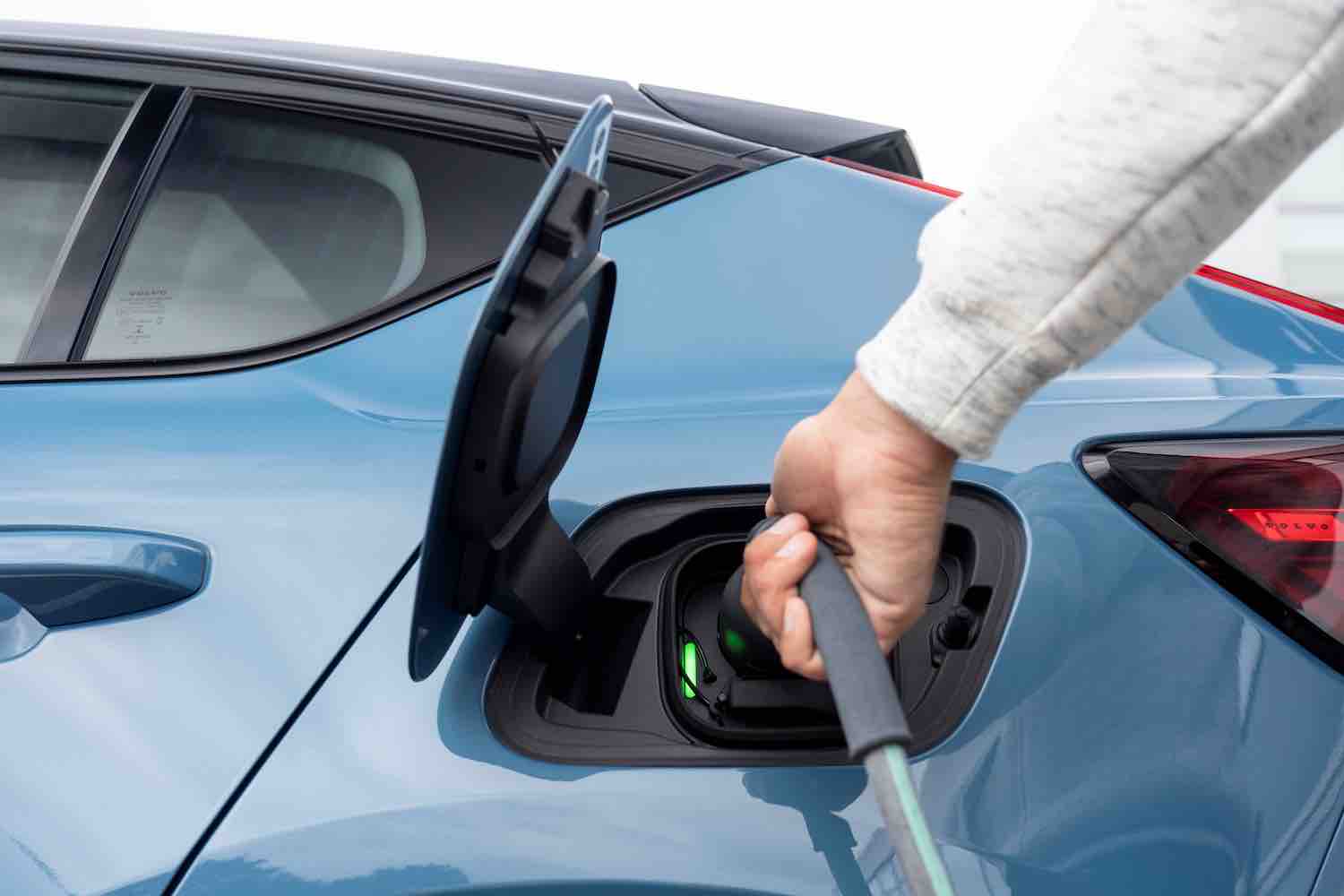Volvo has called on world leaders currently meeting at the COP26 climate summit in Glasgow to invest more heavily in renewable energy sources in order to realise the full potential of electric cars as a means to cut emissions.
The call comes following a new report by the company into the life-cycle emissions of its latest electric C40 Recharge model, one of the first cars forming part of Volvo's drive to become an all-electric car maker by 2030.
Can't do it alone
With the report outlining how a greener energy mix can reducing the car's lifetime CO2 emissions by a significant factor, the company said that electric cars cannot reach their full low-carbon potential without major help from governments.
According to Volvo's CEO, Håkan Samuelsson:
"We made a conscious strategic decision to become a fully electric car maker and an industry leader, but we can't make the transition to climate neutrality alone. We need governments and energy firms around the globe to step up their investments in clean energy capacity and related charging infrastructure, so fully electric cars can truly fulfil their promise of cleaner mobility."
A recent report from the International Energy Agency made the point that, although green energy investment has increased in recent years, it "would need to double in the 2020s to maintain temperatures well below a 2°C rise and more than triple in order to keep the door open for a 1.5°C stabilisation [of global temperatures]".
Lifetime footprint
According to Volvo's life-cycle analysis of the C40 Recharge, the car's lifetime "CO2 footprint" drops to around 27 tonnes of CO2 compared to 59 tonnes for an equivalent Volvo XC40 crossover powered by an internal combustion engine (ICE).
That major advantage over an ICE car can only be maintained, however, if the batteries are recharged from clean energy sources. According to Volvo, with the average global energy mix still around 60 per cent derived from fossil fuels, without access to solar, wind or hydro power, the C40's lifecycle CO2 tonnage increases to approximately 50 tonnes.
Volvo's own efforts
Even Volvo admits that electric cars are far more carbon-intensive to build than ICE-powered models mainly due to the batteries, but also accounted for by other factors such as steel and aluminium.
It says that it is currently trying to collaborate with partners such as steel-maker SSAB to develop fossil-fuel-free steel and with battery suppliers to produce batteries using entirely renewable energy.
The company aims, it says, to reduce the lifecycle carbon footprint per average car by 40 per cent between 2018 and 2025, including through reducing carbon emissions in its supply chain by 25 per cent by 2025.
Volvo's recent announcement that it will soon stop using animal products in interiors and make greater use of recycled plastics to create leather- and wool-like finishes will form a part of that.

